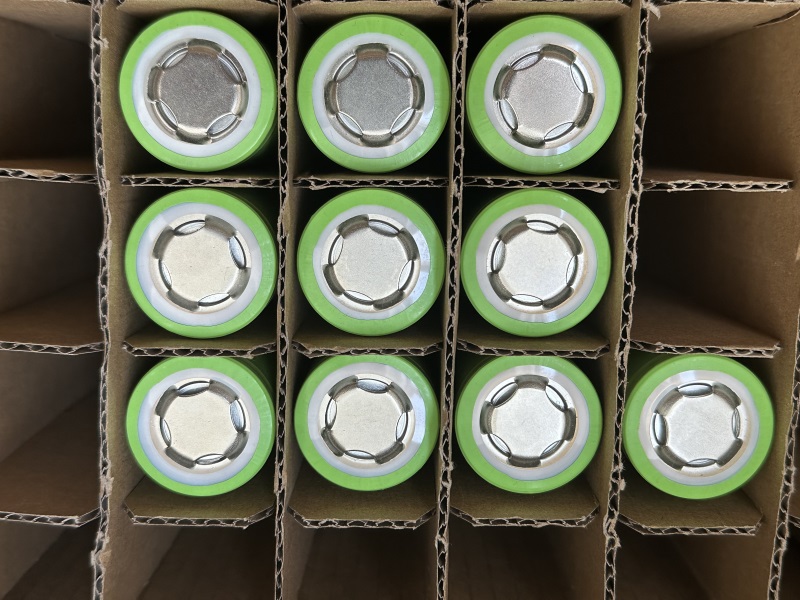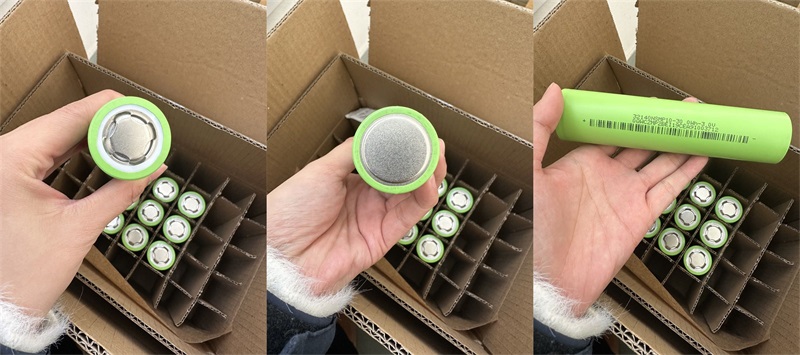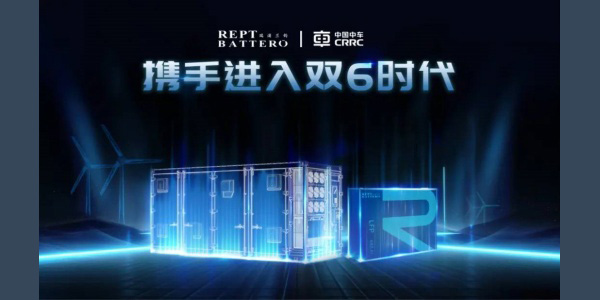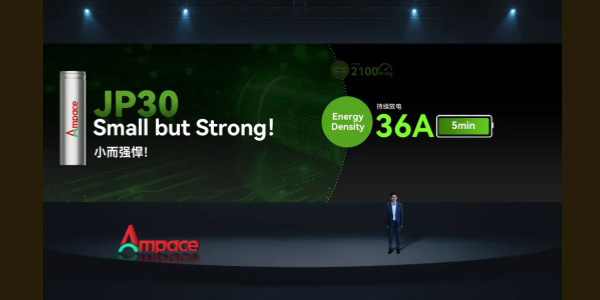Deep Thought: Will Sodium Ion Battery for Home Become a Suitable Choice in the Field of Solar Energy Storage
Batteries are becoming a key component of residential solar systems. If you want to store energy for use when the sun isn’t shining or during power outages, you’ll need a battery. For off-grid solar systems, your battery is essentially the lifeline of your home.

Currently, lithium-ion (Li-ion) batteries, including LiFePO4 batteries, are the preferred choice for solar energy storage due to their reliability and availability in leading battery storage products. However, sodium-ion batteries for home use also show great promise, as they are safer to use and, theoretically, have lower production costs.
What is a sodium-ion battery?
A sodium-ion battery uses sodium as the charge carrier. Its internal structure is similar to that of a lithium-ion battery, which is why it is often compared to lithium-ion batteries. Like lithium-ion, lead-acid, and Absorbent Glass Mat (AGM) batteries, sodium-ion batteries are also rechargeable.
Sodium-ion battery packs can be made in various available shapes, ranging from traditional cylindrical batteries to rectangular pouch cells. These different form factors make the battery type highly suitable for commercialization, enabling its use in energy storage, electric vehicles, and portable devices. Additionally, sodium-ion batteries hold great potential and benefit for residential use as well.
Comparing Sodium-Ion Batteries with Lithium-Ion Battery Technologies
Let’s compare sodium-ion batteries with two popular types of lithium-ion batteries: Nickel Manganese Cobalt (NMC) and Lithium Iron Phosphate (LFP).
Item | Sodium ion | NMC | LFP |
Availability | Still under development | Widely available | Widely available |
Cost | Cheapest | Cheaper | Most expensive |
Energy density | Lowest | Highest | Moderate |
Safety | Safest | Least safe | Safer than NMC |
Round-trip efficiency | 92% | 90-95% | 92-98% |
These lithium-ion batteries are the most commonly used types in residential solar photovoltaic (PV) systems.
Energy Density and Efficiency
Sodium-ion batteries have a lower energy density than lithium-ion batteries, meaning they take up more space for the same capacity. However, with technological advancements, this gap may narrow. All three battery technologies have round-trip efficiencies over 90%, with LFP batteries slightly higher. While sodium-ion batteries are still in the development phase, their efficient energy storage capabilities and safety features are steadily improving.
Safety
Solid-state sodium-ion batteries are safer than lithium-ion batteries, as they are non-flammable and can operate across a wider temperature range. Lithium-ion batteries are stable, but improper use can lead to fire hazards. LFP batteries are safer than NMC and sodium-ion batteries.
Cost
Sodium-ion batteries are less expensive than lithium-ion batteries, primarily due to the use of cheaper materials. Lithium-ion batteries, due to rising costs of materials like lithium and cobalt, range from $10,000 to $18,000. Sodium-ion batteries do not rely on lithium or cobalt and are better positioned to meet future energy storage needs.
Availability
Some sodium-ion batteries are available for purchase, but most are still in prototype or demonstration stages. It is not easy to buy sodium-ion batteries online, but here, you can easily purchase sodium-ion batteries for home use. We sell both lithium-ion and sodium-ion batteries for solar storage systems.
3.0V 10Ah NaCR33140-MP10 Sodium Ion Battery For Sale
In conclusion, sodium-ion batteries have significant potential in the home solar storage market, especially due to their advantages in safety and cost, making them a promising option. While the energy density of sodium-ion batteries is currently lower, this gap is expected to narrow with technological advancements. As more sodium-ion batteries for home use enter the market and improve, their efficient energy storage and lower cost will play a key role in home solar systems. In the future, sodium-ion home batteries could become an important complement to solar energy storage, helping more households achieve efficient, safe, and cost-effective energy solutions.


